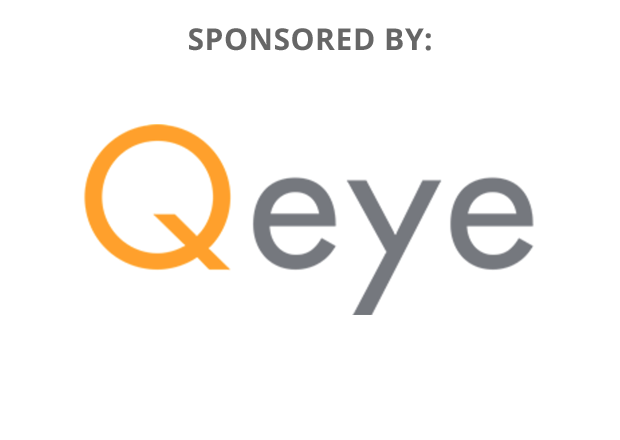Abstract
Within the application of seismic based Quantitative Interpretation (QI) methods to characterize reservoirs, there is a need to improve the accuracy, detail and resolution in the estimates of key rock physics (seismic petrophysics) parameters.
The subsurface information obtained from standard AVO inversion is highly ambiguous as different lithologies and fluid configurations result in similar elastic responses. This is an intrinsic characteristic of the non-uniqueness of the inversion problem that can be mitigated by integrating relevant and non-redundant information into the inversion process. Standard inversion techniques for example, are “unaware” of the lithological deposition, bed thickness distributions and petrophysical relationships such as lithofacies, effective porosity, kerogen and fluid fill within the reservoir.
At the same time, reservoir characterization related decision-making for exploration and development well placement and risk analysis, also requires an increasing degree of assessment of the uncertainties associated with any predictions based on seismic QI. Bayesian inference solutions provide a framework where these issues can be addressed. However, in its standard formulation and given the size of typical seismic volumes it might be computationally prohibitive. In this study we show how, under reasonable assumptions, a high dimensional Bayesian inference problem can be reduced to a number of local low dimensional inference problems, reducing the computational cost of this solution. This enables the application of a general and flexible probabilistic framework for rigorous propagation of uncertainties where prior knowledge from multiple domains can be easily integrated in a Direct Probabilistic Inversion method (DPI).
This information is readily available from logs, core and geological studies that provide a model for specific ranges of elastic properties for target zone facies, average thicknesses and their petrophysical variation, stratigraphic position within a formation, as well as the presence of gas, oil, or kerogen content. Defining a set of rules based on this information will reduce the solution space dramatically. However, in conventional deterministic seismic inversion algorithms all this prior information is difficult to integrate. Moreover, the correct propagation of uncertainties through the inversion is not possible.
These additional prior constraints of thicknesses, ordering etc. can also help resolve units that are below seismic resolution. In particular, the presentation case studies will show how DPI can leverage this extra information to dramatically improve the resolution of the thin, but very elastically distinct coals. Not only does this lead to a better understanding of the coal distribution, but it mitigates the ambiguity in isolating the target hydrocarbon sands, that are difficult to differentiate in deterministic inversion from very thin coal amplitude anomalies.
Two case studies from onshore Australia and offshore North Sea will demonstrate the DPI method, where information from standard processed seismic AVO data is integrated with information from a range of other domains such as well logs and geology.
Biography
Bill Goodway obtained a B.Sc. in Geology from University of London and a M.Sc. in Geophysics from University of Calgary. He began his career working for various seismic contractors in the United Kingdom and Canada. Then in 1985 he joined the geophysics department at PanCanadian Petroleum where he worked in various capacities from geophysicist to being the Team Lead of a Seismic Analysis Group. Following the PanCanadian and AEC merger to form EnCana in 2002, Bill continued in the Frontier and New Ventures Group and finally in Canadian Gas Shales, as Advisor for Seismic Analysis. Bill retired from EnCana in 2010 to join Apache Corporation as Manager Geophysics-Advisor Senior Staff. In these positions Bill was involved in virtually all aspects of applied seismic exploration from acquisition design, processing interaction, to experimental special projects and new quantitative interpretation (QI) AVO methods.
In 2016 Bill retired from Apache and is currently the Scientific Advisor Quantitative Interpretation and AVO technology at Qeye Labs and a part-time sessional instructor in Geophysics at Mount Royal University in Calgary (since 2008) as well as an RPS Nautilus course instructor for QI. Bill has presented and co-authored a number of papers at CSEG, EAGE and SEG conventions on seismic acquisition and processing, borehole geophysics, anisotropy, multicomponent recording and QI/AVO. He received four CSEG annual Best Paper Awards between 1994 and 1997, was awarded the CSEG Medal in 2008 and in 2009 was selected as the SEG’s Honorary Lecturer for North America. The CSEG recognized Bill for his work as the honouree for the 2nd CSEG symposium and in 2016 he was presented with the Reginald Fessenden Award by the SEG for his development and promotion of lambda-rho-mu inversion technology that has become a valuable exploration tool resulting in documented cases of improved drilling success.
He is a member of the CSEG, SEG and APEGGA as well as a past SEG Research Committee member and TLE editorial board. In addition Bill was elected President of the CSEG for the 2002/2003 term.






